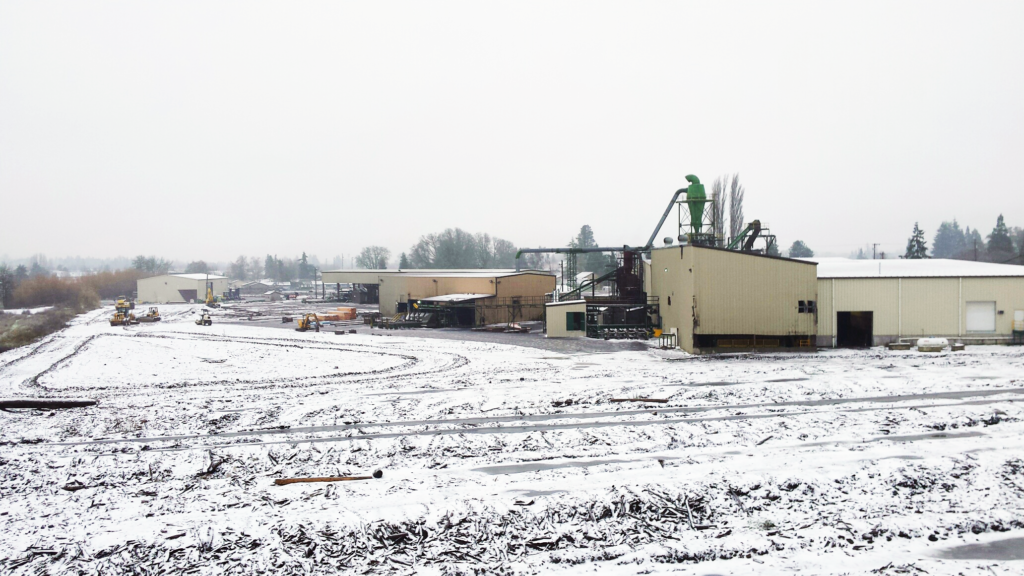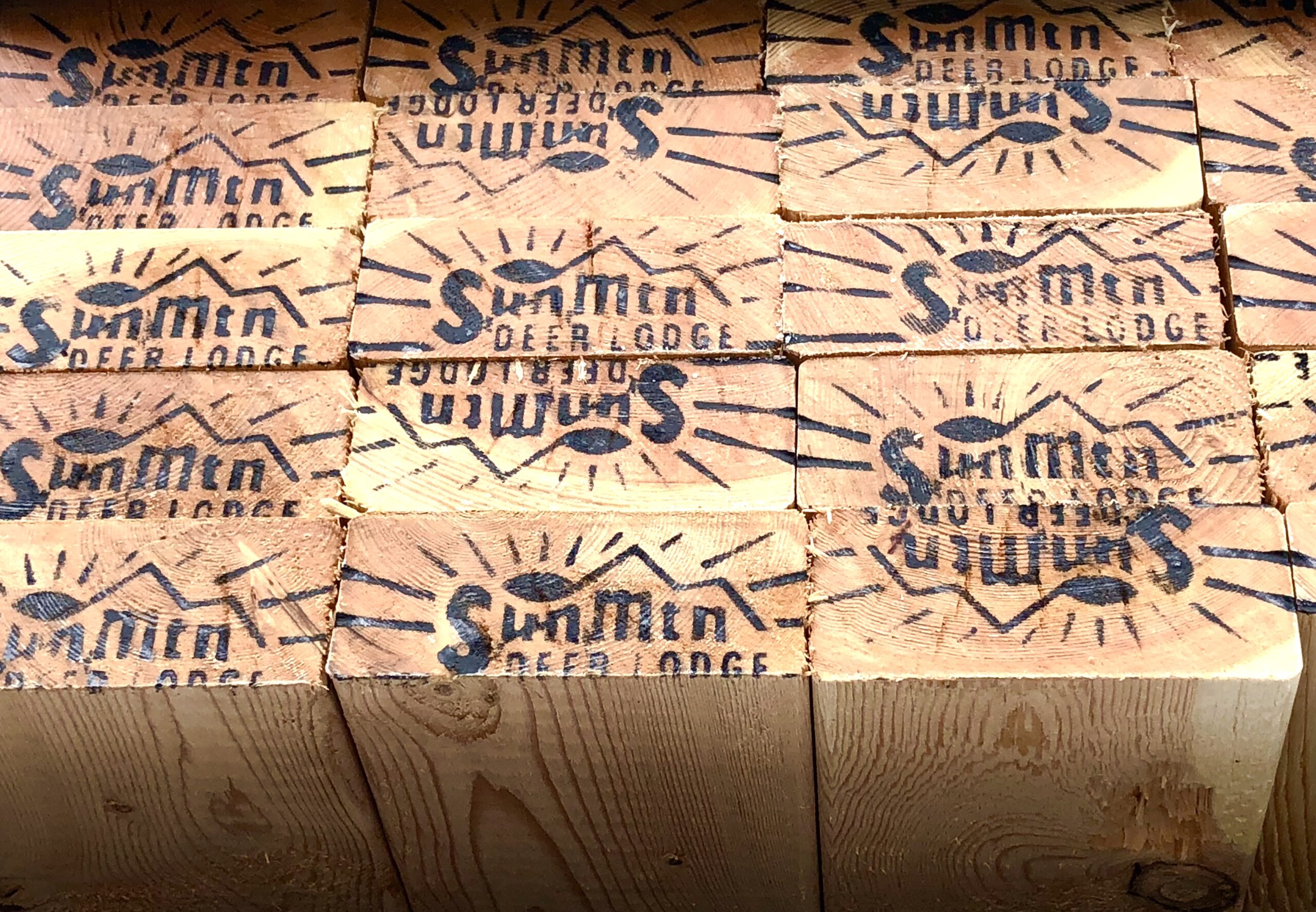You’ll have a hard time finding someone who doesn’t support domestic manufacturing. Manufacturing has the highest multiplier effect of any industry. It has long been the path to the middle class by providing good, year-round family-wage jobs that raise the standard of living. I think most people would prefer to buy things made domestically, if that option is available and affordable.
But over the past few decades we’ve seen a decrease in our manufacturing capacities as more operations send factories oversees or struggle to compete with cheaper imports. Continued loss of local manufacturing would be devastating. We’ve seen what happens when manufacturing sectors collapse and take entire cities with them. The U.S. Rust Belt comes to mind where the loss of manufacturing jobs led to urban decay and significant declines in population and economic activity. It’s a tragedy many sawmill towns know all too well.
Manufacturing is critical to the nation’s vitality and sustainability, but it’s particularly important for our rural areas. This might surprise many people. According to a recent report from the USDA Economic Research Service (ERS), in 2015 manufacturing represented 14 percent of private nonfarm rural jobs and 21 percent of rural earnings. By comparison, in urban areas manufacturing only accounted for 7 percent of private jobs and 11 percent of earnings.
Another study by ERS in 2017 found manufacturing facilities in rural areas have a significantly higher survival rate than their urban counterparts. While there are likely a number of factors that contribute to that difference, the proximity to natural resources and raw materials plays a large role in providing rural areas with stability and comparative advantage in things like wood and food production. As an example, companies can’t just pick up and relocate sawmill operations if the tax structure proves more beneficial in say, Phoenix. Companies like Hampton operate in the rural areas of the Pacific Northwest because that’s where we grow amazing trees. There is a reason you don’t see companies like Nike or Intel racing to relocate to shuttered mill towns in rural counties—their comparative advantage lies elsewhere.
Food and wood manufacturing is so important because rural communities don’t just need jobs, they need good jobs. In a region that is becoming increasingly focused on tourism and recreation, that’s something to keep in mind. While undeniably important sectors, the jobs created by tourism and recreation on average do not compare with the year-round, family-wage careers available in manufacturing. Agriculture and timber are still the foundation of rural manufacturing in the Pacific Northwest. We shouldn’t forget that. It’s our niche and what’s more, because we know how to keep these industries sustainable over the long-term, focusing on these sectors as part of a domestic manufacturing push fits with broader goals to keep the Pacific Northwest green and growing long into the future. With election season upon us, don’t forget to remind the folks asking for your vote of the importance of these sectors to rural communities. We need their support to sustain rural manufacturing jobs.
Steve Zika, CEO
Hampton Lumber



